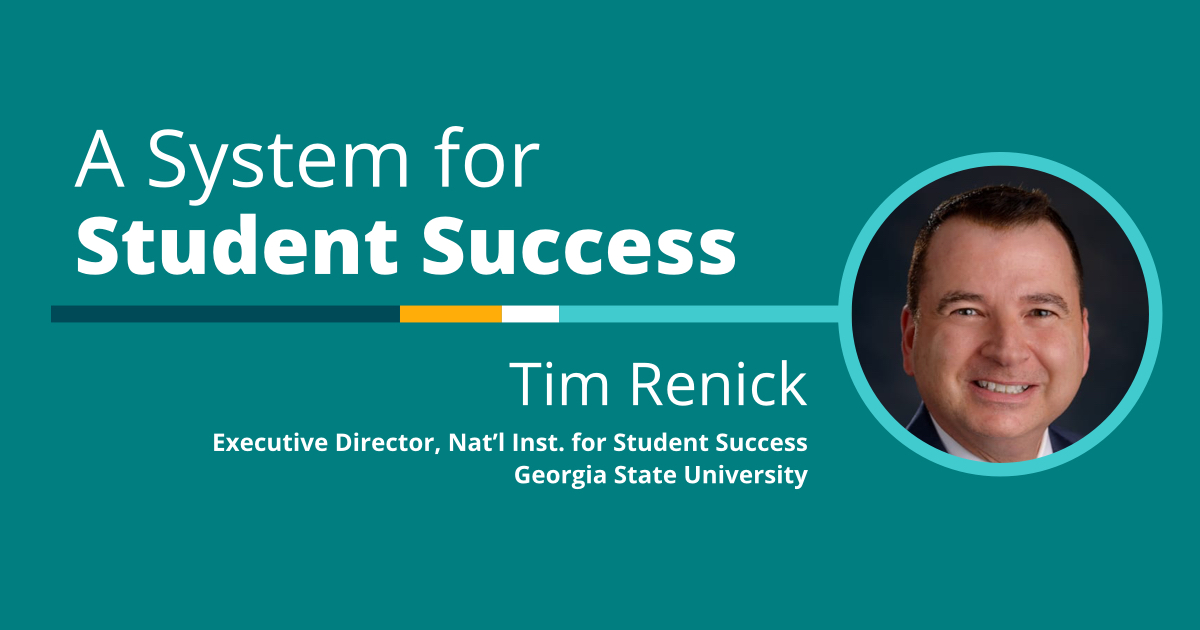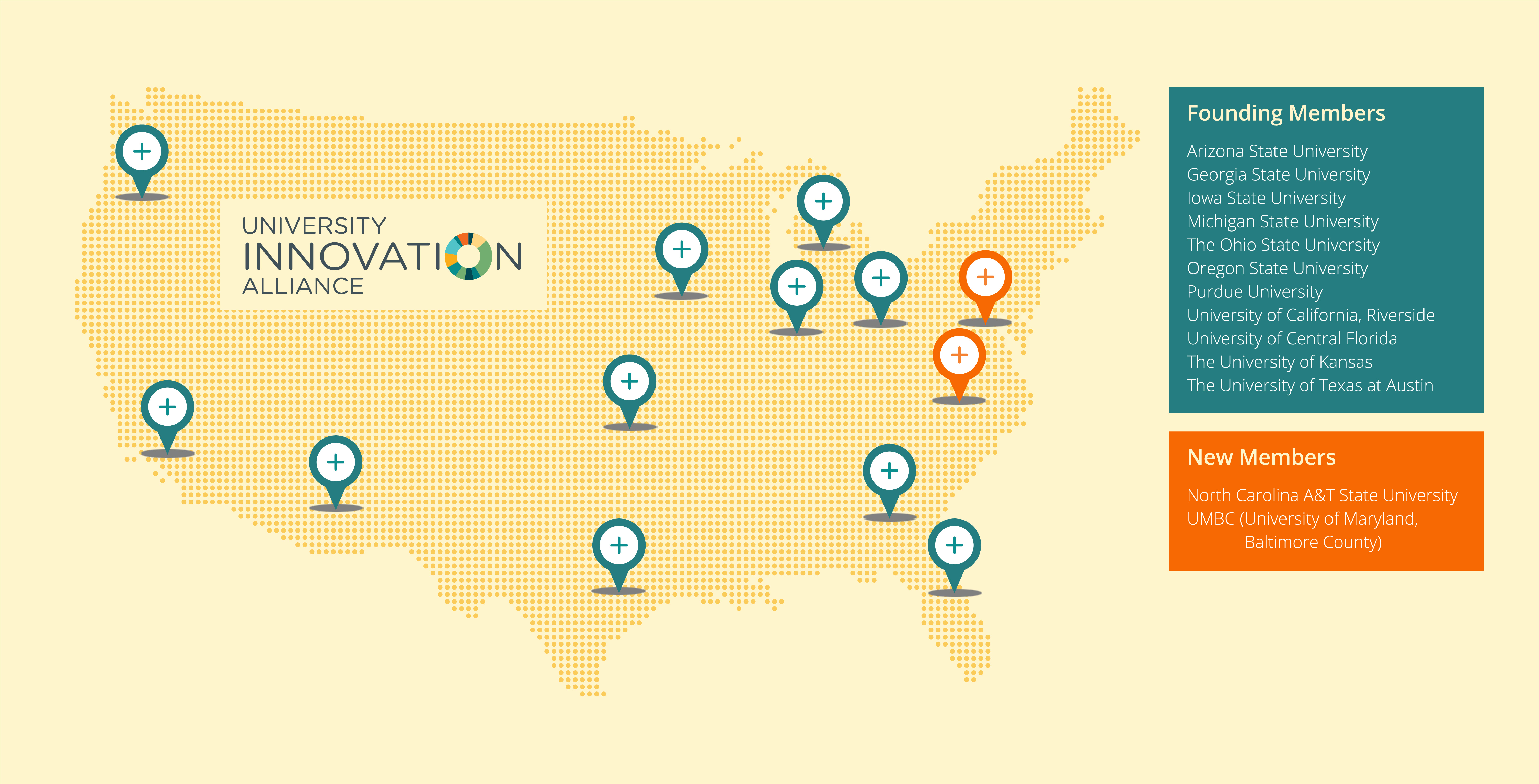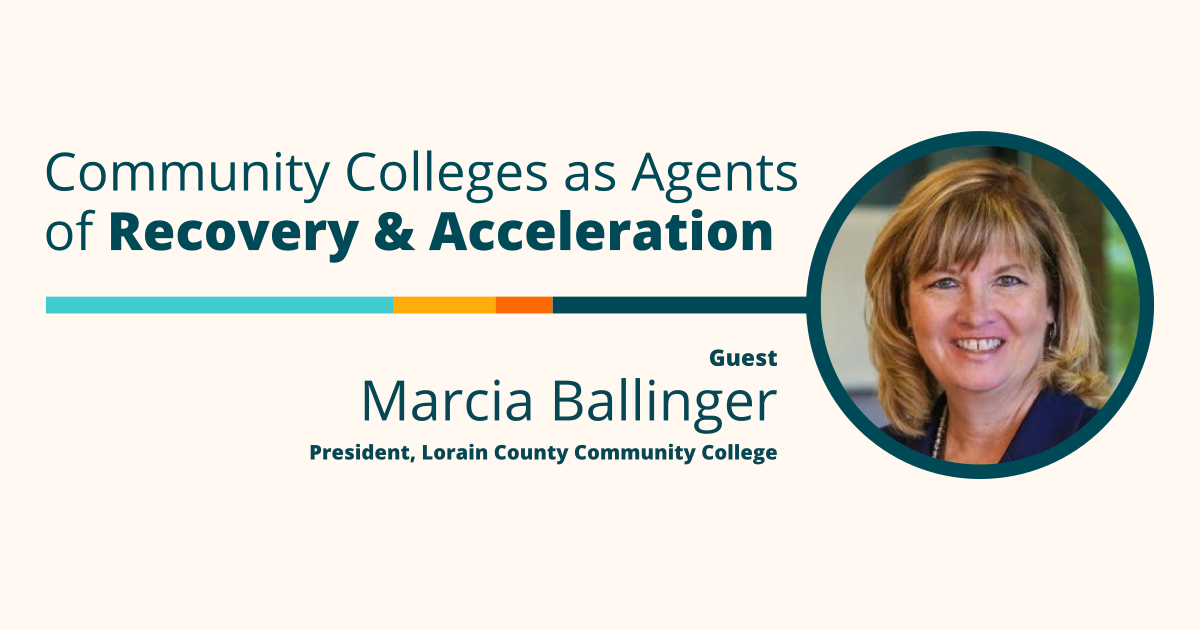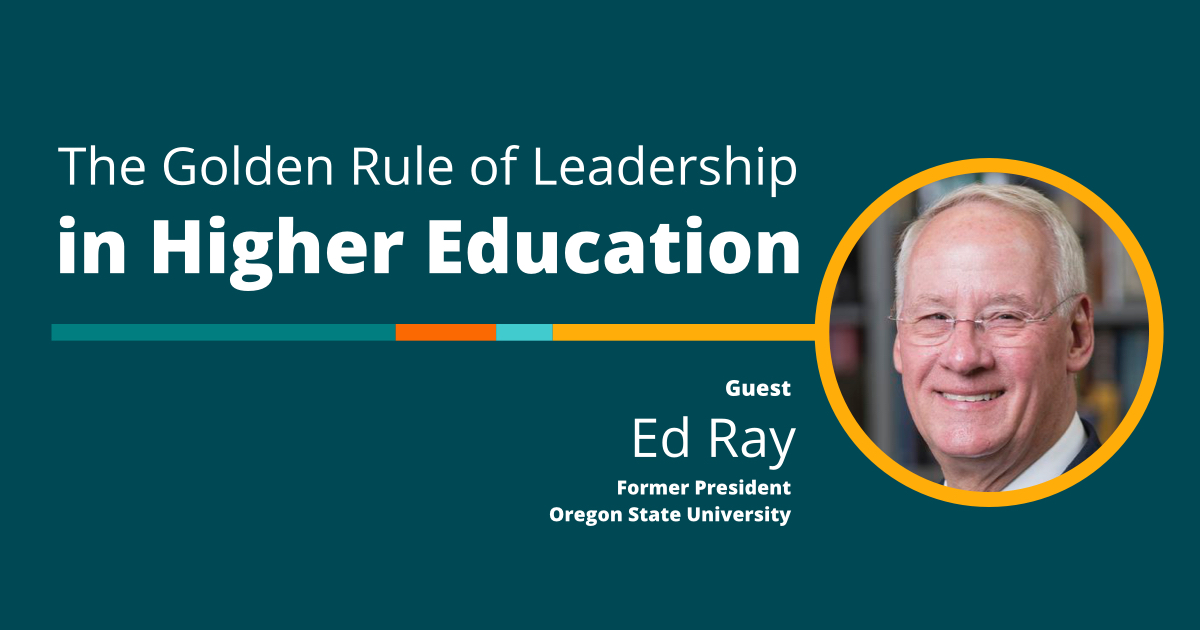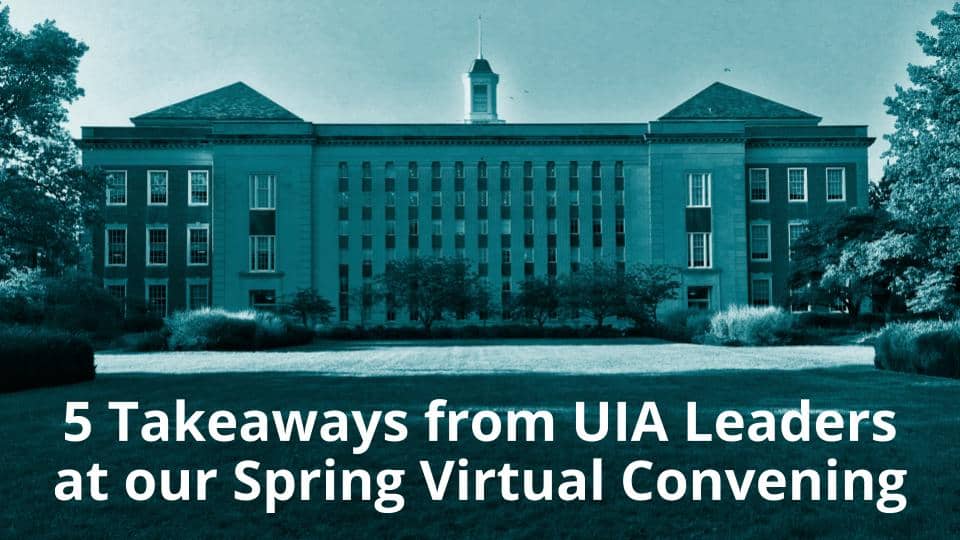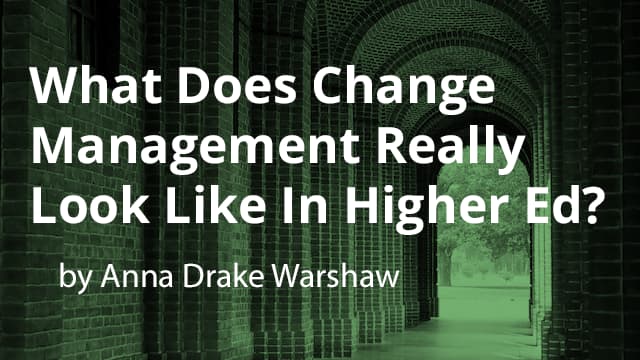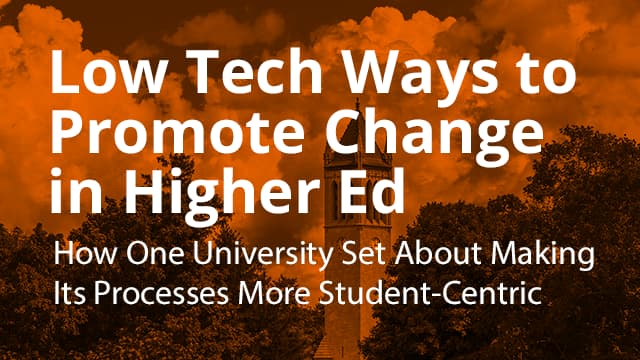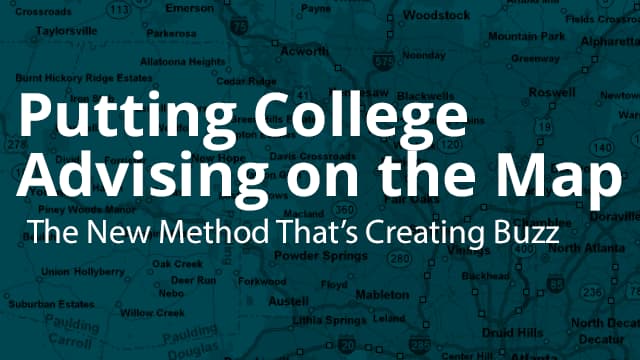University Innovation Alliance expands for the first time in six years as founding members exceed graduation targets by over 73,000 students
PORTLAND, OREGON — (June 7, 2021) — The University Innovation Alliance, a pioneering consortium of public research universities working to improve student success,
Last week, 130 UIA campus colleagues and partners joined our first-ever virtual convening. The two-day online event focused on how UIA campuses are adapting their student success work amidst COVID-19, what we’re learning from our completion grants and college-to-career projects, and an array of breakout topics related to online student success, digital student engagement, analytics, and supporting vulnerable students during and after COVID-19.
Over the last few years, we’ve seen a movement in higher education to do a better job supporting student success and graduating students across the socioeconomic spectrum - particularly low-income students, first-generation students, and students of color. Here at the UIA we’ve been leading that effort, but change is difficult, especially at large institutions. So, along the way, we’ve picked up an array of insights about what makes change possible in the higher ed environment.
Check out this great conversation with Dr. Jennifer Brown, the Vice Provost & Dean of Undergraduate Education at University of California Riverside. Dr. Brown is the UIA liaison for UCR and in this interview she helps us understand how they have eliminated race and income as a predictor of outcome.
Unlikely is a new documentary arriving in theaters this week. The film is an important tool to galvanize momentum, and inspire student success teams to take action. Check out this short interview with Director Jaye Fenderson, and bring your team of administrators, faculty, staff, and students to see it in theaters! For more information and tickets.
When we talk about how to make higher education more student centric, we talk a lot about innovation. Innovation, however, isn’t synonymous with technology. In fact, a lot of the improvements we test and adopt across the UIA are simple, low tech changes aimed at simplifying the systems students navigate every day.
Earlier this year, several students at University of California, Riverside (UCR) found themselves stuck in a difficult situation. They had failed to register for a full-time course load, so they hadn't received their financial aid, but a hold on their accounts prevented them from enrolling in a full-time course load. It was what you might call “a financial aid loop”.
While just a few semesters ago, these students would have likely fallen through the cracks, UCR now tracks students proactively through a project called Monitoring Advising Analytics to Promote Success (MAAPS).

